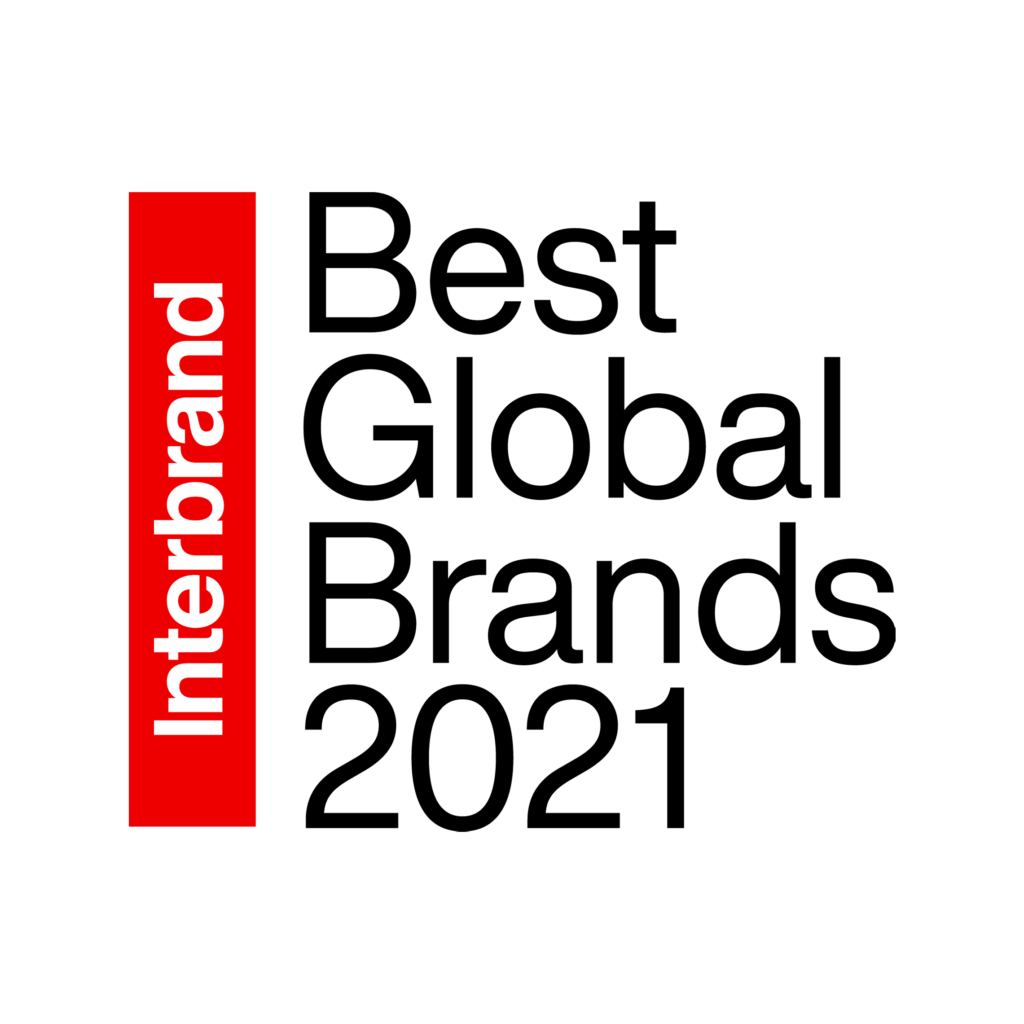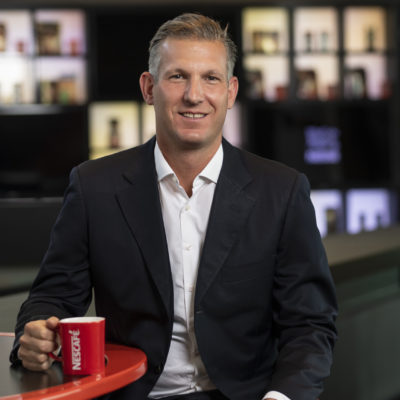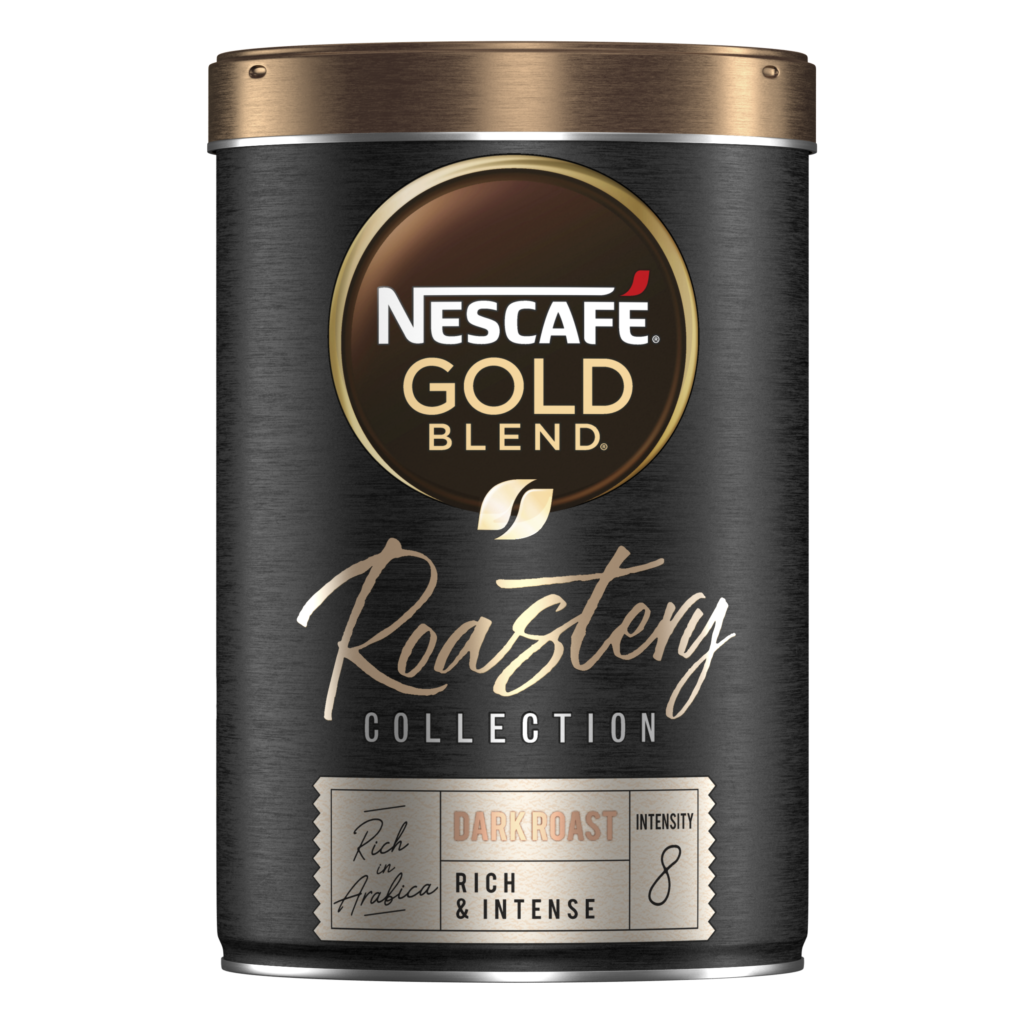
Reinventing and Reimagining Excellence: Five Questions with Philipp Navratil, Nescafé


Philipp Navratil, Senior Vice-President, Head of Coffee Strategic Business Unit, Nescafé
What are the big success stories for your brand over the last 12 months that have driven your brand strength and growth?
The COVID-19 pandemic has created a logical shift in consumer habits, from out-of-home to in-home consumption. As consumers spent more time at home, they tried and learned to reproduce the experience they enjoyed in the café and restaurants, focusing on food safety, health, and comfort. Instant coffee products are adapted for making recipes conveniently, and we particularly saw increased instant coffee sales. Nescafé, the world preferred coffee brand, was well-placed to respond to those consumers. We have a wide range of offerings across all segments of the coffee categories and present in different formats, from pure coffee to foamy latte cappuccino.
Nevertheless, we have continued to innovate, building on our unmatched R&D capabilities and coffee know-how, embracing opportunities offered by new consumer trends across segments and formats at a fast pace. Our best examples are our range of plant-based lattes, Nescafé Black Roast, Nescafé Gold Roastery, Nescafé 2X Caffeine, and our new iced latte range. The reopening of cafés, restaurants, and offices opens new opportunities; in-home consumption and e-commerce will continue to grow. Our brand will continue to develop ways to retain increased levels of in-home consumption. In markets where potential is huge because consumption per capita is still low, such as Africa and India, we introduce consumers to coffee, developing new consumption habits. For example, we have launched new, affordable products in India, Nigeria, Senegal, and Kenya in the last twelve months.

Thinking about the customer: we have a hypothesis that consumers once made purchases to signify their economic capital, then later to signify their intellectual capital, and most recently to signal their “ethical capital”. Does this hypothesis resonate with you and how do you address it from a brand standpoint? What about your brand do you fix & what do you flex?
We have seen that consumers have become increasingly concerned about issues of transparency and sustainability. They want to know what is in their coffee, the origins of the beans, how the coffee is made, and the product’s impact on the environment. Some are even ready to pay more for products that deliver a positive societal impact. As the largest coffee buyer, we have a responsibility both towards society and to ensure the future growth of our business. Therefore, we have put sustainability at the core of our Nescafé business strategy.
We have been working with hundreds of thousands of farmers, communities, and stakeholders for over ten years to address the key challenges through our Nescafé Plan, supported by our network of more than 230 agronomists. We are committed to creating a positive impact for more farmers, our strength here being our size, scale, and reach.
We have embedded this sustainability work into our brand communication to convey the full breadth and depth of the Nescafé Plan, expressing in powerful words how Nescafé operates in a respectful way towards farmers, coffee communities, and our planet. We brought to life our positive impacts on society through the Nescafé Plan. We use various channels, including product packaging and social media, to communicate Nescafé Plan’s impact and make it relevant to people.
Early this year, we celebrated the 10th anniversary of our coffee sustainability. As we are doubling down on our effort to contribute to the overall company net-zero roadmap and packaging sustainability, we are strengthening our strategy, and we will continue to engage our consumers to build trust.

We have seen that consumers have become increasingly concerned about issues of transparency and sustainability. They want to know what is in their coffee, the origins of the beans, how the coffee is made, and the product’s impact on the environment
Increasingly we see that traditional industry or category conventions are less helpful to understand a brands’ commercial landscape. And that understanding and planning around consumer motivations or desires give a better sense of the true competition. Does this hypothesis resonate with you and how do you address it from a brand standpoint?
Coffee is a fast growing category and the competition landscape is also evolving. Increasingly we see that boundaries between traditional beverage categories blur and that is why we consider competition both within the coffee category and other competitors in adjacent categories. Today, it is less about big company versus small company, than it is about great brands genuinely answering new consumer expectations.
We deeply analyze our global consumer segmentation data to develop a consumer demand-space approach to innovation. This has driven our innovation strategy. With the COVID-19 pandemic, we saw an acceleration in the customers and channels landscape evolution and change. For example we’ve seen a big increase in online purchases via e-commerce, and as a leading brand, we have had to respond and ensure that we have the right products and solutions for this specific channel.
Today, it is less about big company versus small company, than it is about great brands genuinely answering new consumer expectations

Post-COVID, post Social Justice – the world is settling back to a new normal. How have these events affected your brand strategy?
The pandemic has created a shift in consumer habits, accelerating E-commerce and digitalization. It forces brands to rethink how they build their loyalty and reputation and the way they market their products. The digital interface is more important than ever.
We are strengthening our digital strategy to bring innovation tailored region by region, market by market to local preferences to be more responsive and stay relevant. Globally, 70% of our consumers are looking for more personalization when interacting with a brand and/or purchasing it. This goes up to 80%+ with younger generations (e.g. millennials and Digital natives). We are also giving people relevant and personalized experiences and we are accelerating fast. First-party consumer data is very important and we want that direct relationship with consumers to understand better what they are looking for. The shopping landscape is also changing and we need to reach people digitally wherever and whenever they want to shop. The development of new products or new trends is based on scientific expertise at the forefront of the industry.
In addition, we are also strengthening our brand’s purpose to reflect further on how we can be a force for good.
What are the significant disrupters and accelerators of competition and brand growth on your horizon?
Two areas that will continue to be important in the food industry and across the coffee categories are the growth of e-commerce in certain geographies and the need for sustainable solutions, both in terms of offering and route-to-market. Driving innovation to deliver great quality coffee is the catalyst for growth in the category.
We are confident that Nescafé will continue to lead in this space.